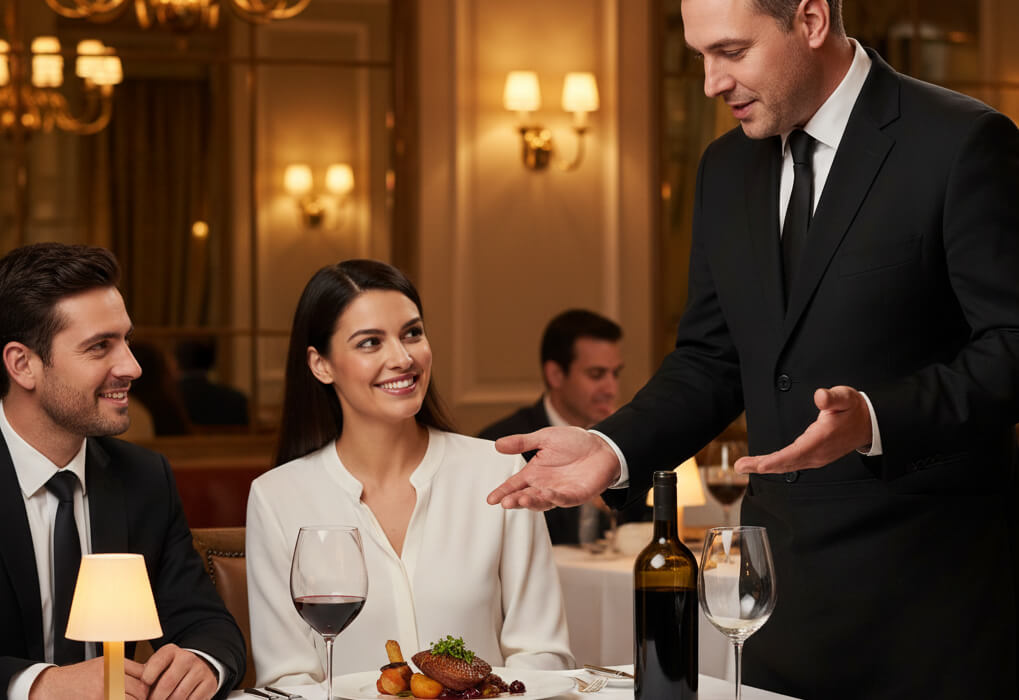October 06, 2025

The right wine doesn’t just complement a dish—it elevates the entire dining experience. In today’s competitive restaurant landscape, mastering food and wine pairings can set your establishment apart, increase average check size, and keep guests coming back for more.
Whether you’re running a fine dining venue or a casual neighborhood bistro, thoughtful wine pairings enhance flavor, showcase culinary craftsmanship, and serve as a powerful marketing tool.
Pairing wine with food is both a science and an art. When done well, it unlocks new layers of flavor—making both the dish and the wine taste better than they would on their own.
Restaurants that promote pairings with rotating seasonal menus can generate buzz and drive traffic during slower periods. Highlighting pairings in campaigns, special events, or limited-time offers creates urgency and excitement.
Seasonal Campaigns That Drive Website Traffic & Reservations
As plant-based dining becomes mainstream, wine pairings must evolve too. Traditional red-meat-and-red-wine rules don’t always apply. Instead, chefs and sommeliers are discovering that white wines, natural wines, and sparkling varieties pair beautifully with plant-based fare.
Highlighting these pairings helps broaden your appeal and attracts the growing demographic of eco-conscious, plant-forward diners.
Plant-Based Dining: How Restaurants Can Market Vegan Options
Pairings only work if your team knows how to communicate them. Servers should understand:
Providing pairing cheat sheets, mini-tastings, or regular wine education sessions empowers your team to boost check sizes and create memorable guest interactions.
Also, ensure your team understands your digital offerings—especially if you're promoting pairings on your website, emails, or social channels.
Why Every Server Should Know Your Website by Heart
Wine pairing isn’t just a table-side tactic — it’s a content marketing opportunity. Use your digital channels to educate, inspire, and invite guests to engage with your wine program.
These campaigns help nurture loyalty, create anticipation, and drive reservations. They also perform well in algorithms when visually appealing.
Email Marketing for Restaurants: Grow Customers Beyond Social Media
Here are expert-backed tips that go beyond the basics to help you build more intentional pairings:
Offering thoughtful pairings does more than delight guests — it’s a smart business move. Restaurants that implement successful pairing programs often see:
Pairings also lend themselves well to storytelling — the kind that turns first-time diners into brand advocates.
Wine pairings are more than just a detail—they’re a strategy. A well-paired glass can transform a meal, deepen the guest experience, and drive meaningful business results.
By training staff, integrating wine into your digital marketing, and adapting to modern dining preferences (like plant-based options), your restaurant can use pairings not only to enhance taste—but also to strengthen brand identity and profitability.
Stay up to date with the latest tips, expert insights, product reviews, and step-by-step guides to help you grow, create, and succeed—no matter your industry or passion.